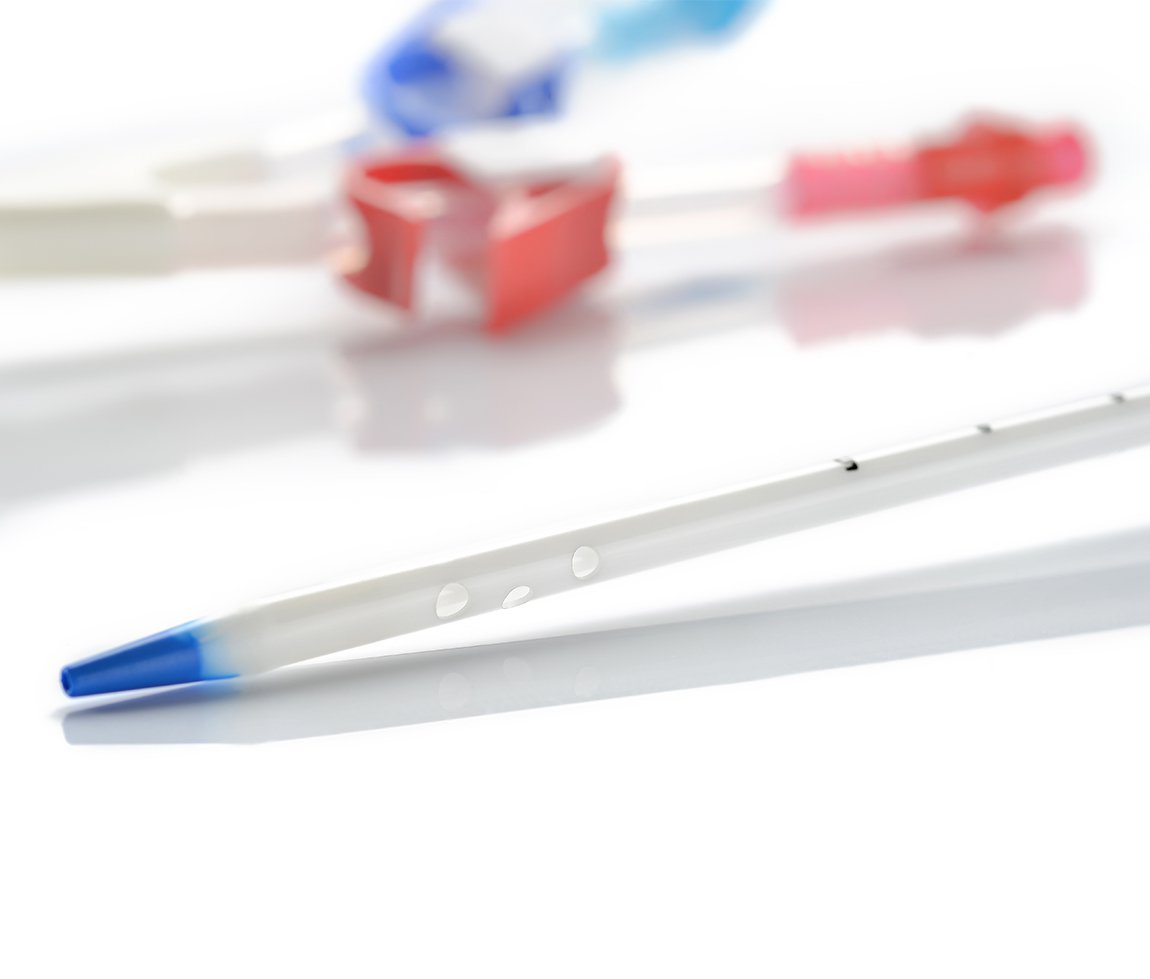We'd Love to Hear From You
Curious about product features, price quote, registration, delivery time, etc? We're ready to answer any and all questions within one business day.
Understanding the differences between short-term and long-term hemodialysis catheters is essential for optimizing patient care and ensuring effective treatment outcomes. This article will explore the key features, applications, and benefits of both types of catheters, helping healthcare professionals make informed decisions.

The Basics: Short-Term vs. Long-Term Hemodialysis Catheters
Short-term hemodialysis catheters are typically used for patients who require immediate dialysis access but do not have a permanent vascular access site. These catheters can be inserted quickly, allowing for prompt treatment—ideal for emergency situations or patients awaiting a more permanent solution. In contrast, long-term hemodialysis catheters are designed for extended use, often constructed with coated surfaces that help minimize complications associated with prolonged catheterization.
At SCW Medicath, our short-term hemodialysis catheters are designed with soft-tip technology, reducing vessel trauma during insertion, while our long-term options prioritize durability and safety. By offering both types, we enable healthcare facilities to select the most appropriate catheter based on individual patient needs and clinical circumstances.
Key Features to Consider
When comparing short-term and long-term hemodialysis catheters, several critical features should be evaluated. For short-term catheters, quick insertion and ease of handling are paramount. SCW Medicath's short-term options include kink-resistant guidewires to enhance clinician confidence during placement, ensuring smooth access and optimal flow rates.
Long-term hemodialysis catheters, on the other hand, must prioritize performance and patient safety over time. Our long-term catheters feature medical-grade materials that maintain optimal functionality even in challenging environments, reducing the risk of complications such as infection or occlusion. The unique coatings and designs of our long-term products contribute to their longevity, making them a reliable choice for ongoing patient care.
The Importance of Patient Comfort and Safety
Patient comfort and safety are crucial considerations when selecting hemodialysis catheters. Short-term catheters must minimize discomfort during temporary access, while long-term catheters should focus on reducing the risk of infections and maintaining vascular integrity over extended periods. At SCW Medicath, we understand the importance of comfort and safety, and our hemodialysis catheters are developed with these priorities in mind.
By incorporating features like thermal softening and radiopaque materials, we ensure that our catheters not only facilitate successful placements but also allow for easy visualization during procedures. This commitment to safety enhances the overall patient experience, fostering better compliance with treatment protocols and improved health outcomes.
Conclusion
In conclusion, understanding the differences between short-term and long-term hemodialysis catheters is essential for healthcare providers aiming to deliver optimal patient care. SCW Medicath offers a comprehensive range of hemodialysis catheters designed with safety, comfort, and efficiency in mind. By choosing SCW Medicath as a trusted partner, healthcare facilities can ensure they have access to the best products available for their patients' unique needs. Together, we can navigate the complexities of hemodialysis and improve the quality of care for patients relying on these critical treatments.